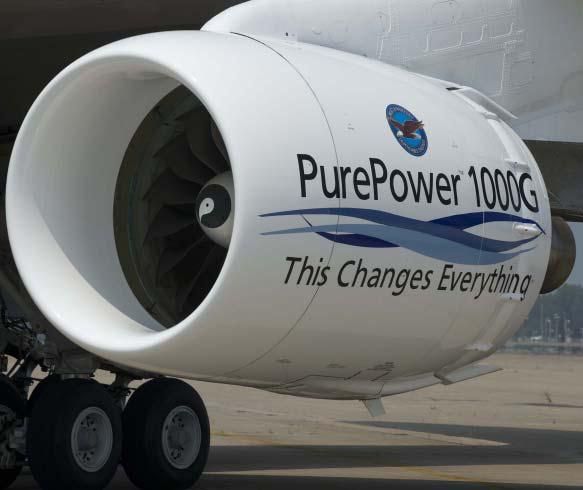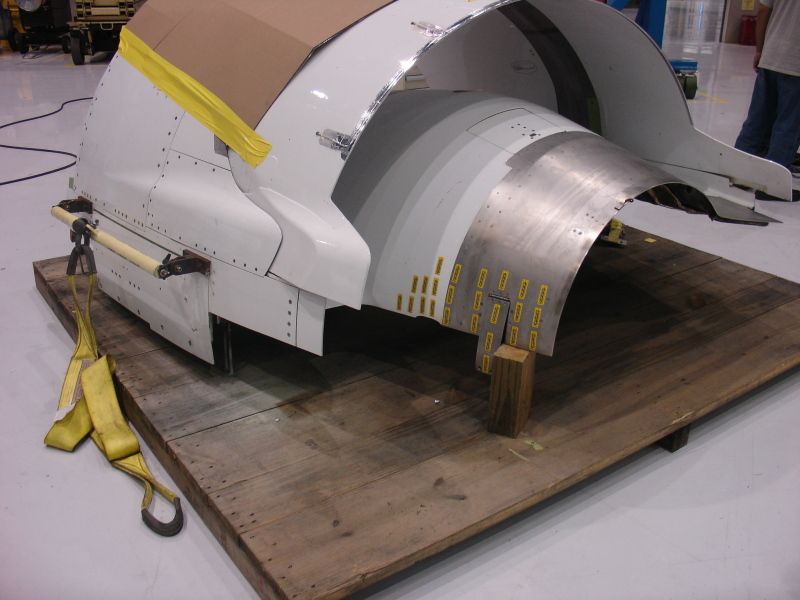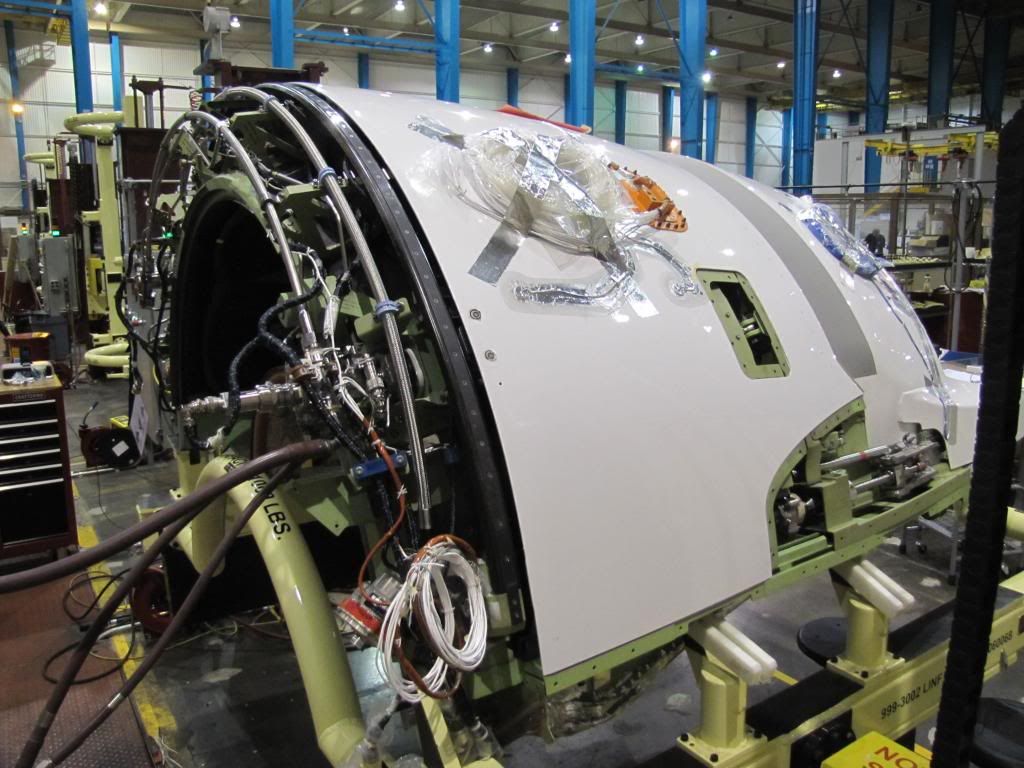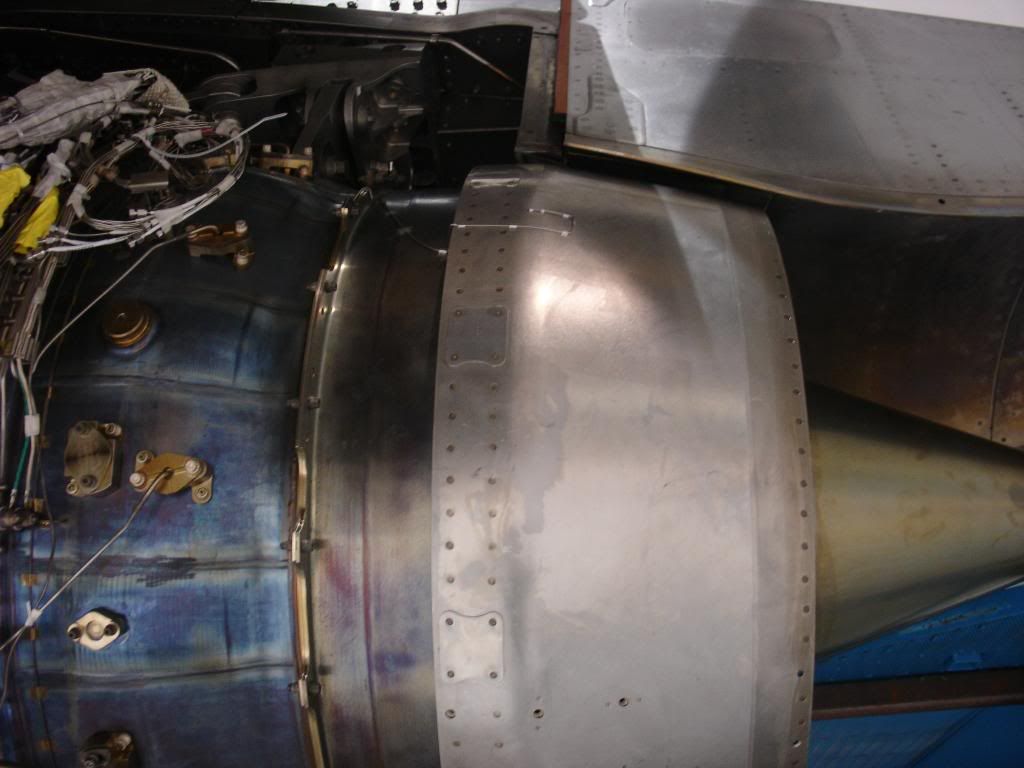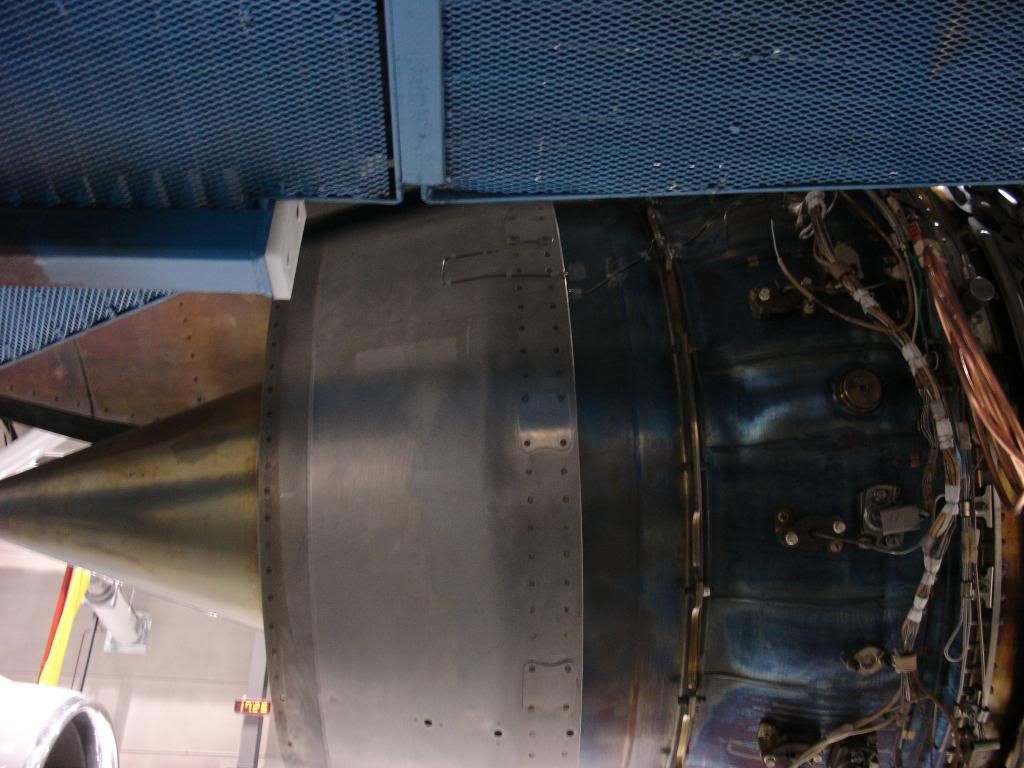Aquí un poco de como funciona:
Geared turbofan
From Wikipedia, the free encyclopedia
Geared turbofan
Geared turbofan
The geared turbofan is a type of turbofan airplane engine, similar to a turbojet. It consists of a geared ducted fan with a smaller diameter turbojet engine mounted behind it that powers the fan. Typical of this configuration are the long-established Honeywell TFE731, the Honeywell ALF 502/507, and the recent Pratt & Whitney PW1000G. The Aviadvigatel PD-18 is planned.[1][2]
[edit]Technology
In a conventional turbofan, once the overall cycle has been defined the tip speed required for the fan dictates the LP shaft rotational speed (i.e. rpm). Subsequently, at high bypass ratios (i.e. high radius ratios) the implied tip speeds of the LP turbine and (in this case) IP compressor are relatively low, which means extra turbine/compressor stages are required to keep the average stage loadings and, therefore, overall component efficiencies to an acceptable level. In a Geared Turbofan, fitting a reduction gearbox between the fan and the LP shaft allows the latter to run at a higher rotational speed thus enabling fewer stages to be used in both the LP turbine and the IP compressor. However, some energy will be lost as heat in the gear mechanism. Also the weight saved on turbine and compressor stages is offset to some extent by the mass of the gearbox. Obviously there are manufacturing cost and reliability implications as well.
A small part of the airstream passes through the core of the engine, which includes compressors, a combustion chamber and turbines. All of these comprise the "turbojet" mentioned in the first paragraph. The core turbines drive the compressors and the fan.
As bypass ratio increases, the mean radius ratio of the fan and LP turbine increases. Consequently, if the fan is to rotate at its optimum blade speed the LP turbine blading will spin slowly, so additional LPT stages will be required, to extract sufficient energy to drive the fan. Introducing a (planetary) reduction gearbox, with a suitable gear ratio, between the LP shaft and the fan enables both the fan and LP turbine to operate at their optimum speeds.
In a geared turbofan, the fan that produces most of the thrust is driven through a reduction gearbox, rather than being directly connected to the rest of the engine. The gearbox between the fan and the shaft connecting the low-pressure compressor to the low-pressure turbine allows the selection of the best possible operating speed for each engine section. Each runs much more efficiently, reducing the number of engine stages and parts. The PW1000G geared turbofan is from Pratt & Whitney and is supposed to set new records in aviation fields due to its reliability, operating cost, fuel burn, and reduced noise levels.[3]

